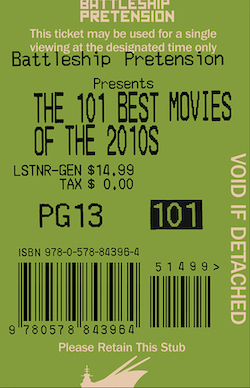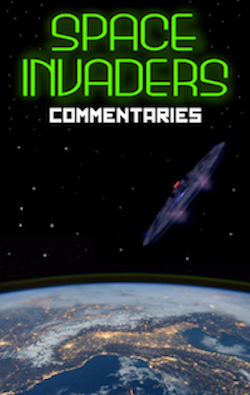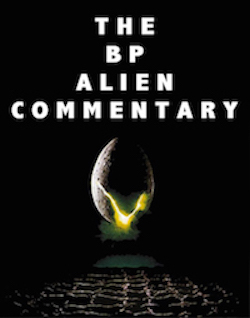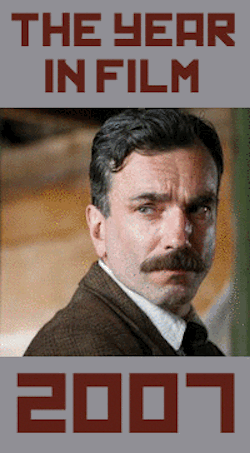Dunkirk: See it Big, by Rudie Obias
The newest film from Christopher Nolan is quite an experience. More than anything, Dunkirk is an intense and visceral film that puts the viewer in the middle of World War II as British and French soldiers attempt to escape from the German Army who recently occupied the country. The film is almost experimental in the way it unfolds and presented on the big screen — and I do emphasize the word “big.”
Dunkirk follows three storylines: on land, sea, and air. On “The Mole,” a young private tries everything he can do to leave the battle from fleeing with a group of wounded soldiers to sneaking off in a beached civilian boat. On “The Sea,” a civilian father and his two teenage sons take their weekend yacht to the middle of the battle to attempt to save British soldiers in the water. On their way, they save the life of a shellshocked soldier, played by Cillian Murphy, who was shot down in an airplane as it sinks into the sea. And in “The Air,” three Spitfire pilots try to take our German fighter jets from picking off British soldiers on the beach and destroyers. All while Commander Bolton, played by Kenneth Branagh, oversees the evacuation, as he makes important decisions surrounding the fate of everyone at Dunkirk.
This movie is just mesmerizing! From the opening shot of British soldiers walking through an empty French town as news flyers of the German occupation fall from the sky, Christopher Nolan displays a sense of awe and calm before the battle breaks out. From it’s grand, yet subtle entrance, it’s one of the rare instances where I actually said “wow” aloud at the sight of the film’s opening.
The only way to watch this movie is in full IMAX 70mm on the biggest screen imaginable. Nolan directed Dunkirk with IMAX in mind, so everything from its detailed sound design to it’s big scale can only be attributed to the director’s use of the giant film format. In fact, a majority of the movie (about 75%) was filmed with IMAX cameras, so it’s refreshing to see a director take advantage of it in a big way.
In many ways, Dunkirk is not a conventional movie. It’s a World War II movie about a battle that wasn’t a win for the Allies, so the film’s ending isn’t necessarily happy for the soldiers involved. The Germans weren’t defeated to stop them from claiming another country or region. Dunkirk is simply a movie about coming home and surviving the war.
It’s true that it’s themes are a little on the nose — the film’s tagline is “Hope is a weapon. Survival is victory” — but Christopher Nolan makes it work with a sense of immediacy not often found in movies. Viewers are thrown into battle without much knowledge of what’s going on and expected to follow along. Watching Dunkirk in IMAX 70mm goes with that sense of urgency, as it demands your attention. And the movie jumps around from story-to-story in a nonlinear way, Christopher Nolan keeps viewers engaged while chaos unfolds. And like I said, it’s quite an experience.































I only saw it in regular 70mm, so I suppose I don’t know what I was missing.
Cillian Murphy’s character isn’t a pilot and wasn’t rescued from a plane. He’s rescued from a ship, and before then he was on a rowboat instead of a plane.
There are some German fighter pilots, but their purpose is to protect the bombers, who in turn posed the large threat to forces below. It’s bombers who tend to have a tail-gunner (because they are frequent targets for attack). The most notorious German bomber was the Stuka dive-bomber.
Another movie about an allied defeat at the hands of the Germans is “A Bridge Too Far”, about Operation Market Garden. It’s much less inspiring than this one, as befits the actual events.
German “fighter jets” in 1940???